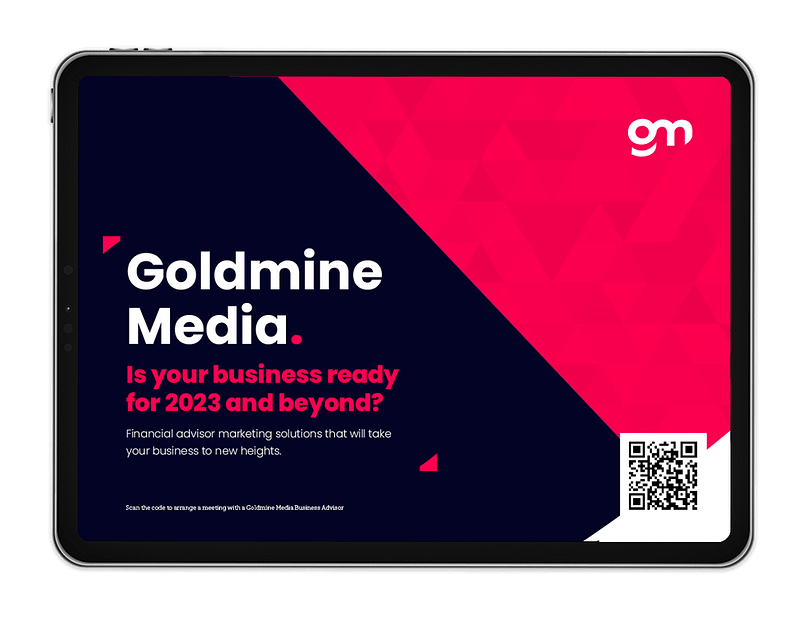Internal linking
Are you looking to enhance your website’s search engine optimisation (SEO) and user experience in the financial services industry? Look no further. We’ve got the perfect guide to help you craft a winning internal linking strategy that drives traffic, boosts engagement, and improves site navigation for your users.
What is an internal link?
An internal website link, also known as an internal link, is a connection that directs users from one page to another within the same website. It’s like a bridge between different website pages, making navigating and exploring related content easy for visitors. Internal links help create a smooth user experience and improve a website’s organisation and structure.
Simply put, an internal link is like a path in a park. And as such, it helps you easily walk from one place to another inside the same park without getting lost. On a website, it’s a way to move from one page to another so that you can find and enjoy more things on that website.
The importance of internal links
As mentioned above, an internal link allows your pages to talk to each other while providing users with a more streamlined experience. For example, if you have a blog post about investment strategies, you could internally link to related articles discussing specific investment products or market trends.
By interlinking these articles, you can create an information hub that encourages users to explore related content, increasing their time spent on the site and improving their overall experience. Meanwhile, search engines will recognise the interconnected nature of these pages, which can lead to higher rankings in search results.
Furthermore, internal links are essential for several reasons:
User experience. They make it easy for visitors to navigate your website, find relevant content, and explore more pages. This can increase user satisfaction and keep them engaged
Website structure. Internal links help organise your website by connecting related pages and creating a clear hierarchy and structure that search engines and users can understand
SEO benefits. Search engines like Google use internal links to discover and index new pages on your website. A well-linked site can improve your website’s visibility in search results and contribute to higher rankings
Distributing link authority. When an external website links to one of your pages, that page gains some authority or “link juice.” By using internal links, you can spread this authority to other pages on your site, boosting their chances of ranking higher in search results
Reducing bounce rate. Effective internal linking can encourage users to visit multiple pages on your site, reducing the bounce rate (the percentage of visitors who leave after viewing only one page). A lower bounce rate is generally considered a positive signal for both search engines and user engagement
Identify your site’s key pages
To determine which pages are most valuable, consider factors such as conversion rates, organic traffic, and social shares. Moreover, you can use tools like Google Analytics to identify these high-performing pages.
Furthermore, to build an effective internal linking strategy, you should create a spreadsheet listing your key pages, their respective URLs, target keywords, and current search engine rankings.
A spreadsheet will help you visualise your site’s structure and prioritise your internal linking efforts. For instance, if you have a high-converting landing page for a financial planning service, make sure to link to it from relevant blog posts and informational pages.
Utilise anchor text effectively
Anchor text is the visible, clickable text used in a hyperlink. It usually appears as a word or phrase highlighted in a different colour, often blue and underlined, indicating that it’s a link. The anchor text provides context about the linked page and helps users and search engines understand what to expect when clicking on the link.
For example, in the sentence “Learn more by reading our comprehensive retirement planning guide”, the words “comprehensive retirement planning guide” are the anchor text, and they provide a clear indication of what the linked page is about. Using descriptive and relevant anchor text improves user experience and positively impacts your website’s SEO.
Remember, avoid using generic non-descriptive phrases such as “click here.” Doing so helps search engines, and users understand the context of the linked page and increase the likelihood of clicks.
Follow best practices for internal link placement
When placing internal links within the body of your content, aim to incorporate them naturally into the text. For example, if you mention a specific financial product or service, link to the relevant page on your site where users can learn more.
Another strategy is to use call-to-action (CTA) buttons or banners to promote key pages, such as a “Schedule a Meeting” button that directs users to your contact page.
Additionally, consider creating a “Related Articles” section at the end of your blog posts, offering users an easy way to discover more content on similar topics.
Monitor and analyse your internal linking performance
You may notice that certain anchor texts generate more clicks while others have high bounce rates. As such, use this information to refine your internal linking strategy, optimising anchor text and link placement for better engagement.
Furthermore, you could also set up conversion goals in Google Analytics to track how often users complete desired actions, such as signing up for a newsletter or requesting a consultation, after clicking an internal link.
The bottom line
In conclusion, internal linking is a crucial aspect of website management that significantly enhances user experience, organises website structure, and improves SEO. By thoughtfully connecting related pages with relevant and descriptive anchor text, you can guide visitors through your content, encourage them to explore more pages, and ultimately create a more engaging and successful website.
Implementing a well-planned internal linking strategy benefits users and helps search engines understand your site better, leading to improved visibility and higher rankings in search results.
How Goldmine Media can help
Our services include:



